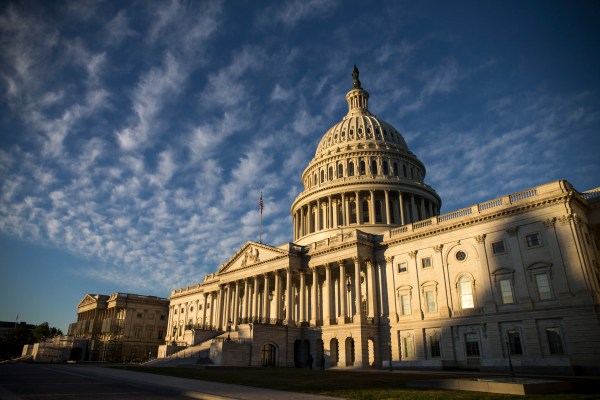How do you know when you have a hit on your hands? When your competitors complain about it.
Over the weekend, European Commission President Ursula von der Leyen said that the U.S. Inflation Reduction Act constituted a “new assertive industrial policy” and that Europe needed a “structural answer.”
Von der Leyen’s measured words contrast with some of her earlier statements and those of other EU officials.
The first hints that the one-two punch of the Bipartisan Infrastructure Law and the IRA were landing potentially knockout blows came in October, when the EU’s competition commissioner called the the IRA in particular an “unbalanced subsidy.” Then, French Finance Minister Bruno Le Maire said that the IRA “could create a major shock on European industry” and that its passage was a “major problem for us.” Last week, French President Emanuel Macron stepped up the rhetoric, calling the law “super aggressive” toward European companies.
After years of trying to coax the U.S. into taking more action on climate change, Europe finally got a response. Problem is, it wasn’t the one they wanted.
That’s not a bad thing! The BIL and IRA appear to be spurring the EU into action, pushing them to invest more in climate tech after effectively ceding much of that ground to China over the last decade or so. Both the U.S. and the EU are undoubtedly eager to avoid getting into a subsidy war, but a little friendly competition can’t hurt.
Oh, and it doesn’t hurt that the United States’ new laws have notched a few early wins, either.
After President Joe Biden enacted the Bipartisan Infrastructure Law last year and the Inflation Reduction Act last summer, I knew that the combination would turn the U.S. into a battery powerhouse. What I didn’t expect was how quickly it would happen.
Less than two weeks after the IRA was signed into law, LG Energy and Honda, which has been slow to embrace EVs, said they’d build a $4.4 billion lithium-ion battery factory in the U.S. A few days later, fellow EV laggard Toyota announced that it would triple its battery manufacturing investment in North Carolina. Even Chinese companies, which collectively dominate the market, have announced plans to add some manufacturing to the U.S.
Then there’s the effect the laws have had on American companies. Battery startup Our Next Energy, also known as ONE, announced in October that it would be building a $1.6 billion factory in Michigan. Yesterday, my colleague Harri Weber told us about one company’s plans to build the “country’s largest gigafactory” for lithium-iron-phosphate cells.
Was it Tesla? LG Energy Solution? SK Innovation? Nope, it was a company I’d never heard of, the generically named American Battery Factory, which was spun out of Lion Energy, an eight-year-old stationary and portable energy storage company based in Utah.
Previously, Lion Energy had sourced its cells from China. The new venture would give it access to American-made batteries, and the new supplier would net an estimated $100 million in tax credits thanks to the IRA. It’s the sort of thing the drafters of the IRA probably didn’t have in mind, specifically, but also didn’t discourage.
For years, we’ve been hearing about how investment in climate tech is falling behind the curve, that we’ll need additional trillions of dollars every year if we’re to bring the climate crisis to heel. At this point, we should probably be encouraging a friendly subsidy race. We’re already seeing evidence that it’s coaxing private investors off the sidelines, and what those subsidies are building aren’t financial or crypto houses of cards but foundational physical assets that are poised to unleash another industrial revolution. Bring it on.
